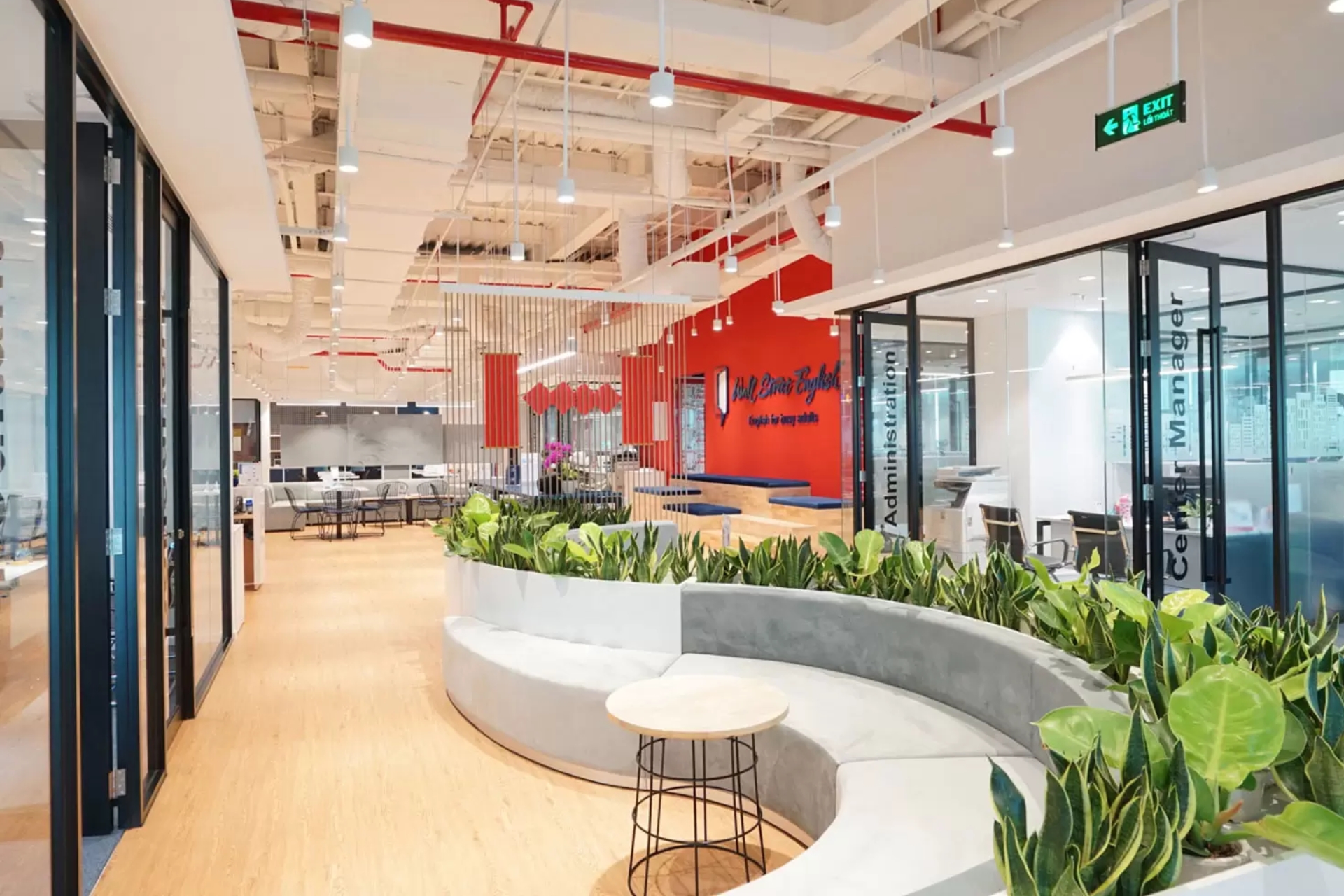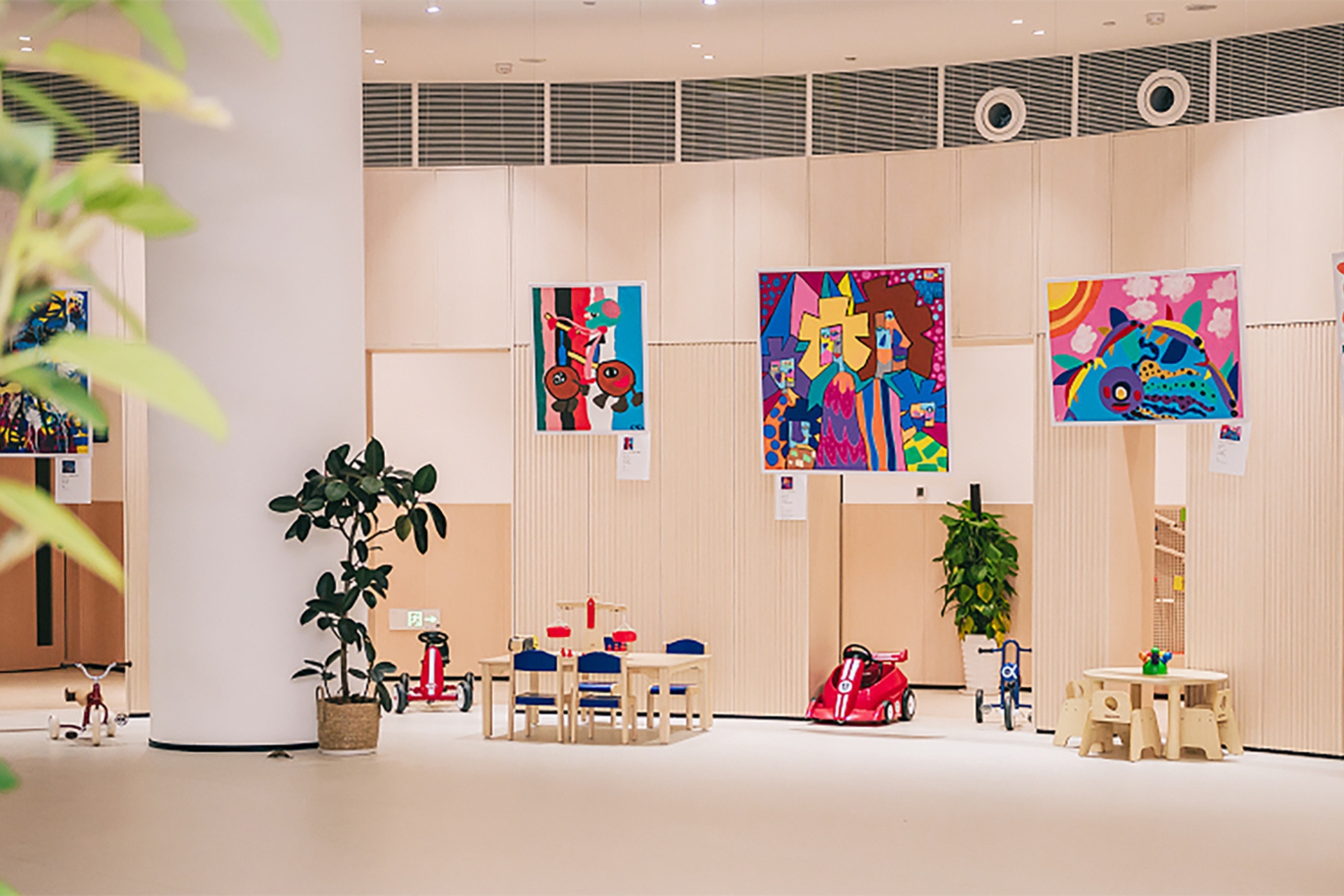
Discover the 7 Golden Standards in International Preschool Classroom Design
The impression of an international preschool is not only reflected in the quality of education or the teaching staff but also in the learning environment for children. The space plays a crucial role in the holistic development of young children. A well-designed classroom not only ensures safety and comfort but also inspires and fosters students’ creativity. In the following article, TECO will help you explore the most important standards for designing an international preschool classroom.
1. Area and Space
The classroom area should be flexible according to different age groups. For example, for infants (0-2 years old), the space needs to be spacious to allow them to practice crawling and standing. For children aged 3-6, the space should accommodate group activities, creativity, and interaction.
In addition to the classroom, international preschools should prioritize other functional areas. For instance, play areas, art corners, rest zones, etc., should be arranged flexibly and openly to encourage exploration and creativity. Every design must be student-centered, facilitating children’s development.

An open space creates opportunities for children to learn and play.
2. Colors and Aesthetics
Colors influence children’s psychology and behavior. When designing, avoid overly bright or gloomy colors, as they can negatively affect children’s moods. Popular colors often used in preschool designs are soft, warm tones. Shades like light yellow, pastel blue, or coral orange are frequently chosen.
Colors can also be used to divide spaces. Additionally, the design should align with the school’s branding to enhance professionalism and create a distinctive identity.
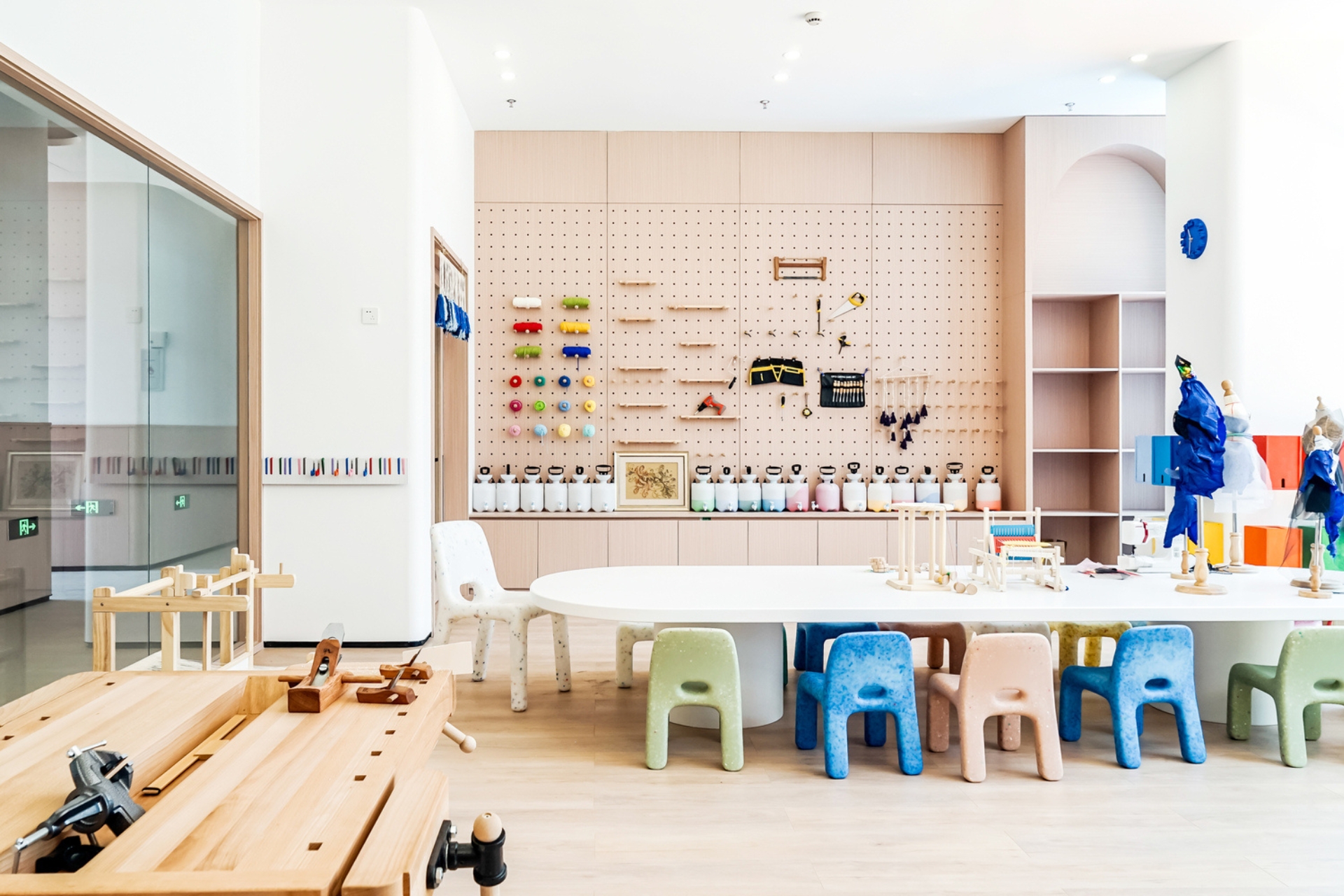
Warm colors are prioritized in international preschool classroom designs.
3. Lighting and Ventilation
Natural light should be emphasized in preschool classroom design. Studies show that natural light helps children focus better and reduces the risk of vision disorders.
When designing, consider the direction of light to maximize natural illumination. Adjustable curtains should be installed if the light is too harsh, and desks should be arranged to utilize natural light. Ventilation systems, windows, and air conditioning should be properly arranged to ensure air circulation, safety, and cleanliness.
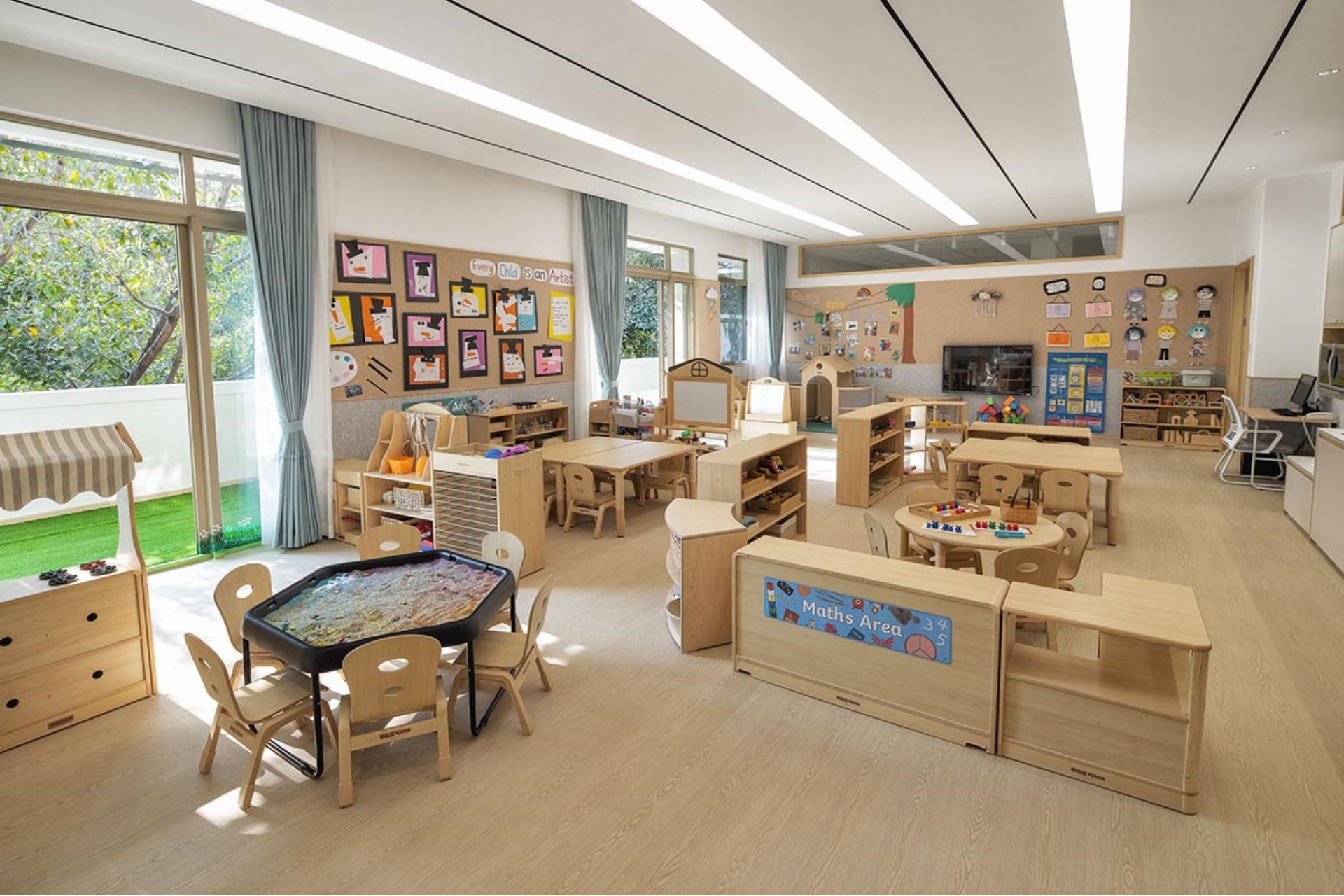
Maximize natural light in the design.
4. Sound and Acoustics
An international classroom must have good soundproofing. From soundproof walls and acoustic ceilings to noise-blocking doors, materials like wood, carpets, or acoustic foam can help reduce echoes. Additionally, areas like hallways, kitchens, or outdoor play zones should prioritize soundproofing to maintain teaching quality.
5. Materials and Furniture
Safety and flexibility are two key factors for preschool classroom furniture.
-
Absolute safety: No sharp edges, no toxic materials, and no allergens to protect children’s health.
-
Flexibility: Stackable, adjustable in size according to age, and shelves at child-friendly heights for independent access.
-
Eco-friendly materials like natural wood, PP plastic, or foam rubber can be chosen for sustainability and durability.
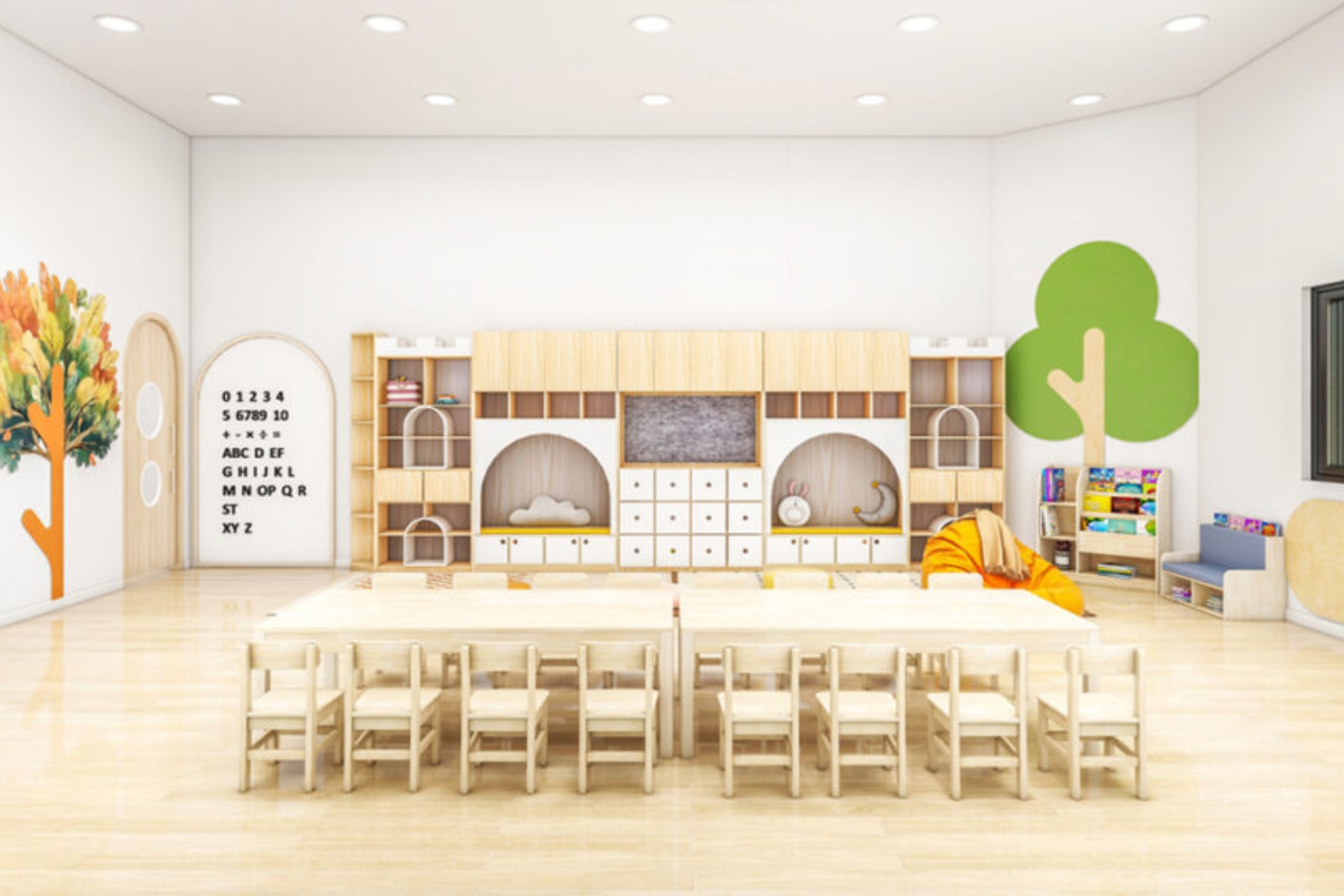
Prioritize environmentally friendly, child-safe furniture.
6. Integrating Modern Educational Technology in Teaching
In the era of Education 4.0, integrating technology into international preschool design is essential. The goal is to create a globally standardized learning environment, allowing children to access advanced educational technologies.
-
Security cameras help schools and parents monitor learning activities.
-
Interactive smart boards, speakers, and projectors facilitate group activities and multisensory knowledge delivery.
-
Electrical, network, and smart lighting systems should be concealed to avoid direct exposure to children.
7. Applying Modern Educational Models
In designing classrooms for international preschools, architects must thoroughly understand the educational model the school follows to align with the investor’s vision. From Montessori and Reggio Emilia to the International Baccalaureate Primary Years Program (IB PYP)—each model has unique requirements, necessitating expert design consultation to ensure compatibility with the preschool’s direction.
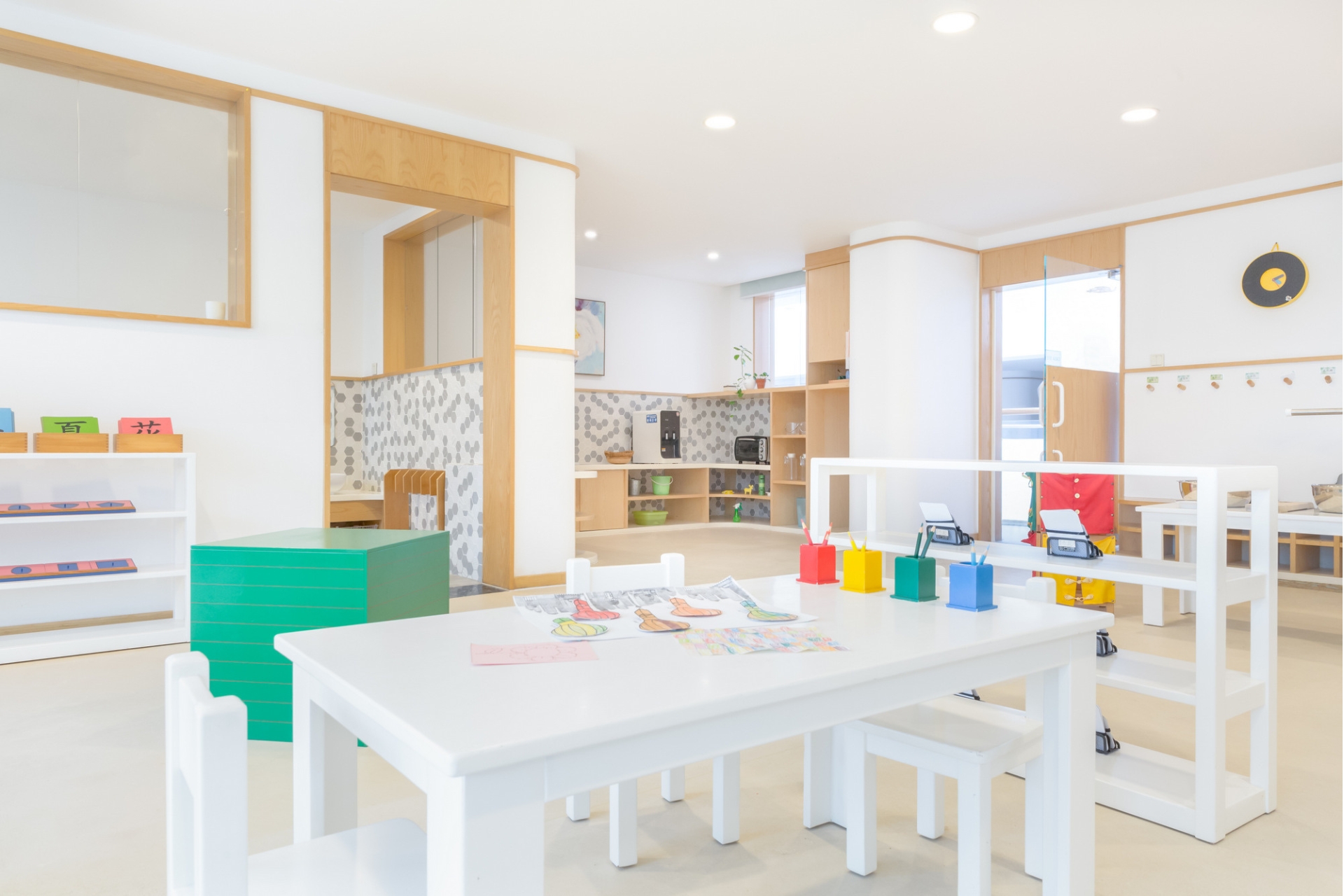
The Montessori model emphasizes children’s independent development through hands-on activities.
Conclusion
The above are the design standards for international preschool classrooms. A high-quality design must meet criteria ranging from colors, lighting, and furniture to learning models. If you are in the process of building or renovating an international preschool, contact TECO for free consultation on international school design and construction solutions. Let TECO accompany you in creating an international learning environment—from blueprint to reality—today!



